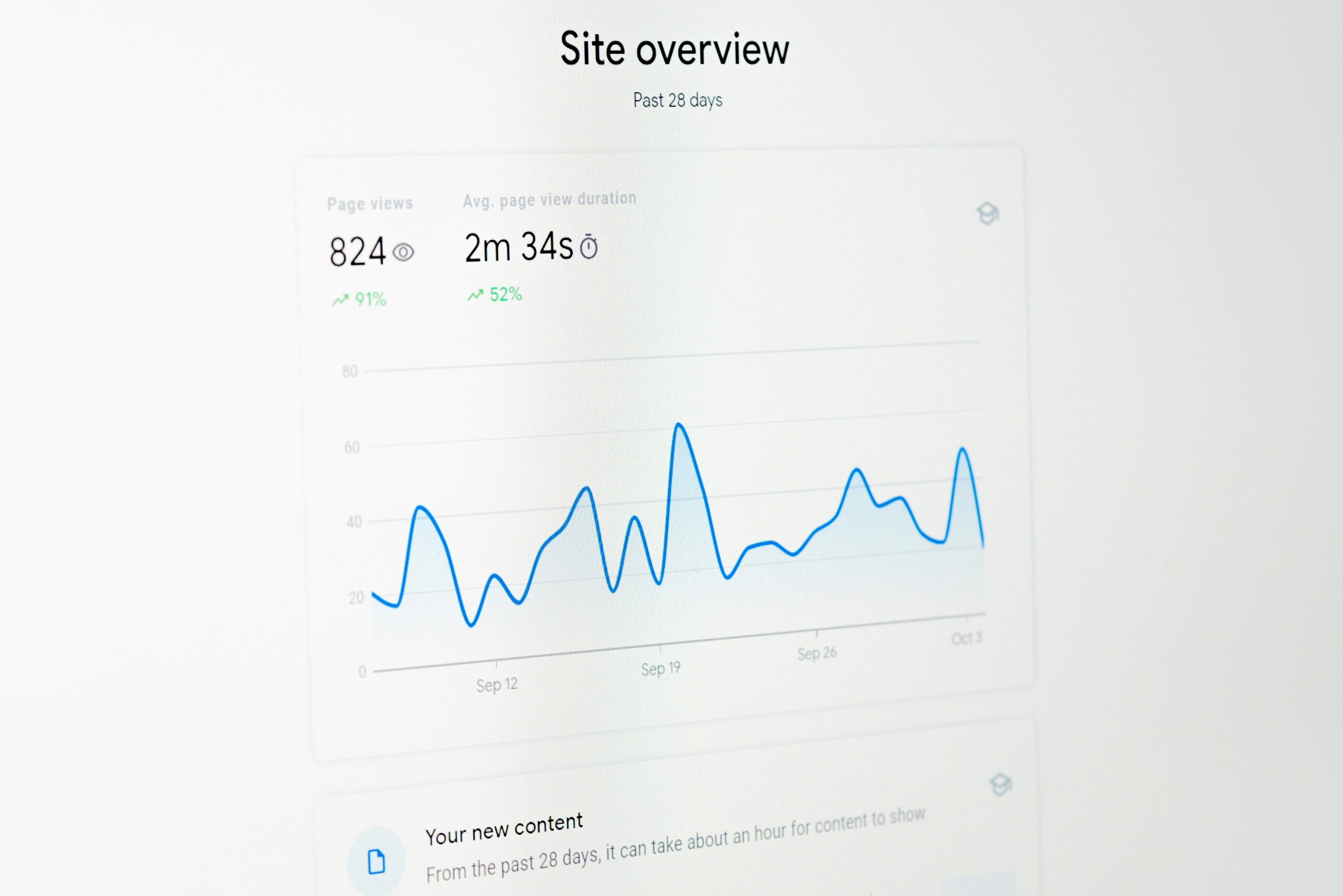Let’s be honest – search has changed. People don’t just “Google it” anymore. They ask Siri. They type questions into ChatGPT. They talk to Alexa in the kitchen. And in most of these cases, they’re not looking for a list of links, they want an answer. Right now.
That’s where answer engine optimization (AEO) comes in. If you’re still writing content only for old-school SEO, you’re probably leaving visibility (and traffic) on the table. AEO is all about shaping your content so it shows up in those instant, AI-driven responses, whether it’s a featured snippet, a voice assistant reply, or a direct answer in a generative AI tool.
In this guide, we’re going to walk through the AEO strategies that actually move the needle. Real tactics, not theory. Whether you’re a marketer, a founder, or just someone tired of shouting into the void of the internet, you’ll want to get this right.
Why AEO Deserves Its Own Playbook
Traditional SEO has always been about getting seen. Keywords, backlinks, page speed, meta tags – all geared toward one thing: rankings. AEO, on the other hand, is about getting picked. Picked as the answer. Picked by an AI model, picked by a voice assistant, picked for a featured snippet.
The rules overlap in some areas, sure. But AEO brings a different goal into focus. It’s less about bringing users to your page and more about delivering value within seconds – wherever they happen to be searching.
And here’s the kicker: zero-click searches are rising. In 2024, over half of all Google searches didn’t result in a click. That trend isn’t slowing down. So if you want to stay relevant, it’s time to structure your content not just to rank, but to respond.
AI Search Optimization That Turns Your Content Into the Answer
At LenGreo, we don’t treat answer engine optimization as a side tactic or passing trend. We see it as a core part of how modern brands show up where it matters most – inside the answers. Whether someone’s typing a question into Perplexity or asking ChatGPT for recommendations, we focus on making sure our clients’ content doesn’t just appear – it gets chosen, quoted, and trusted.
Our approach blends structured data, conversational strategy, and deep intent mapping so AI platforms can understand your value instantly. We don’t believe in fluff or shortcuts – just clear, useful answers tailored for how people actually ask. AEO isn’t just about rankings anymore. It’s about building trust with machines and humans alike. That’s exactly what we do.
Building Strong Foundations for AEO Step-by-Step
Before you can win at answer engine optimization, you need to get the fundamentals right. These are the elements that shape how your content is read, understood, and surfaced – not just by people, but by machines too. We’re talking structure, tone, question targeting, and the technical guts that help your content get picked.
This section brings together eight key building blocks that underpin effective AEO. Each one works better when combined with the others, so treat this like a toolkit – not a checklist.
Strategy 1: Lead With The Answer, Don’t Bury It
A lot of web content dances around the point. Long intros, vague framing, then finally the answer three scrolls later. That won’t cut it anymore.
Answer-first writing is key. This doesn’t mean you have to kill storytelling or depth – just don’t make people wait to get what they came for.
Example structure that works well:
- A clear answer in the first 1-2 sentences.
- A short explanation of why that answer is valid.
- Then any deeper background or context (optional).
Think of it like how a good journalist writes a lead paragraph: concise, informative, and ready to be quoted.

Strategy 2: Write Like People Actually Speak
Here’s something easy to forget: a lot of answer engine queries are made through voice.
If your content sounds like it was written for an academic journal, it won’t be chosen by Siri, Alexa, or Gemini. Those tools prioritize content that reads naturally – like something a person would actually say or ask.
Try this when writing:
- Read your content aloud. Does it sound stiff?
- Use contractions (it’s, you’ll, they’re). They’re more natural.
- Use simple phrasing – not “utilize” when “use” works just fine.
This isn’t dumbing things down. It’s respecting how people actually search.
Strategy 3: Structure Isn’t Just for Looks – It’s for Machines
Search engines and AI tools rely heavily on content structure to understand what you’re offering. That means your formatting has to make sense not just to readers, but to algorithms too.
Use your headings strategically:
- H1 should clearly define what the page is about.
- H2s and H3s should break down content into logical subtopics or FAQs.
- Keep lists clean and bullet points tight.
Also, structured data (aka schema markup) is your friend. Tools like FAQ schema, HowTo schema, and organization schema help machines categorize your content correctly. It’s not magic, but it does make it easier for engines to say, “Yep, this is the answer we’re looking for.”
Strategy 4: Target the Right Questions, Not Just Keywords
Keywords still matter, but they’re no longer the star of the show. For AEO, questions are what you need to focus on.
People don’t search “email marketing strategy” in voice search. They ask:
- “How do I build an email marketing strategy?”
- “What’s a good open rate for email campaigns?”
- “Is email marketing still worth it in 2025?”
These are long-tail, natural, and specific – and they’re gold for AEO.
Where to find real questions:
- Google’s “People Also Ask” boxes.
- Live customer support transcripts or chat logs.
Once you know what people are asking, you can build content around those questions with answers that are concise, trustworthy, and easy to quote.

Strategy 5: Own Featured Snippets by Formatting for Them
If you’re aiming for visibility in Google’s answer boxes, you’ll want to structure your content to match snippet formats. Featured snippets usually come in a few flavors:
- Paragraphs (answer in under 50 words).
- Lists (steps, ranked points).
- Tables (comparisons or structured data).
- Videos (especially for how-to topics).
Position your key answers close to the top of the page, and format them tightly.
Example: What is two-factor authentication? Two-factor authentication (2FA) is a security method that requires two forms of identification before allowing access to an account.
Clean, tight, and quote-ready.
Strategy 6: Use FAQs Like a Conversion Tool, Not a Footer Filler
FAQs are no longer throwaway content stuck at the bottom of pages. They’re one of the most powerful tools in the AEO toolbox.
When built right, they:
- Answer long-tail questions your audience is actually asking.
- Provide structured data search engines love.
- Increase your chances of getting pulled into People Also Ask or voice results.
How to write better FAQs:
- Each Q&A should focus on one specific question.
- Keep answers short – two to four sentences max.
- Use natural, conversational language.
- Apply FAQPage schema if possible.
And don’t just limit FAQs to one section – use them throughout your site wherever they naturally fit.
Strategy 7: Embrace Entity-Based Thinking
Here’s a slightly more advanced concept, but it’s a big one: entities.
Search engines are getting smarter about understanding “things” – not just keywords. Entities are recognizable, defined concepts like “cloud security,” “Elon Musk,” or “LenGreo.” If your content aligns well with known entities, it’s easier for AI to connect the dots.
Ways to help with this:
- Define your brand and services clearly on key pages.
- Mention related entities (e.g. link to reputable sources like Wikipedia or industry sites).
- Maintain consistency in how you name things across your site.
It’s like creating a network of associations, and the more clearly you define your role in that network, the easier it is to get surfaced as a trusted source.

Strategy 8: Don’t Just Publish – Monitor, Measure, Adjust
AEO isn’t a “set it and forget it” deal. You have to check if your efforts are actually working.
Metrics worth tracking:
- Snippet appearance (Google Search Console).
- Time on page and bounce rate (Google Analytics).
- Rankings for question-based queries.
- How users are interacting with your FAQ content.
- Changes in voice search traffic (harder to track, but tools like Semrush offer some insight).
If a page isn’t performing, look at where it might be falling short. Does the answer come too late? Is the language too stiff? Is the question even worth answering?
Iteration matters more than perfection upfront.
Bonus Tip: Don’t Chase the Algorithm – Serve the User
One final note, and maybe the most important: focus on what people genuinely want to know. AEO isn’t about gaming a system. It’s about showing up in the right place with the right answer, in a way that feels trustworthy, helpful, and immediate.
That’s not just good for search – it’s good for your brand.
To Sum Up
Answer Engine Optimization isn’t a trend – it’s a reflection of how search has changed. Whether it’s Google serving AI summaries, voice assistants pulling quick facts, or people asking ChatGPT for advice, the demand is the same: clarity, speed, and trust.
If you can deliver that, consistently, across your content – you’re not just optimizing. You’re answering. And in this new world of search, that’s what visibility really looks like.











